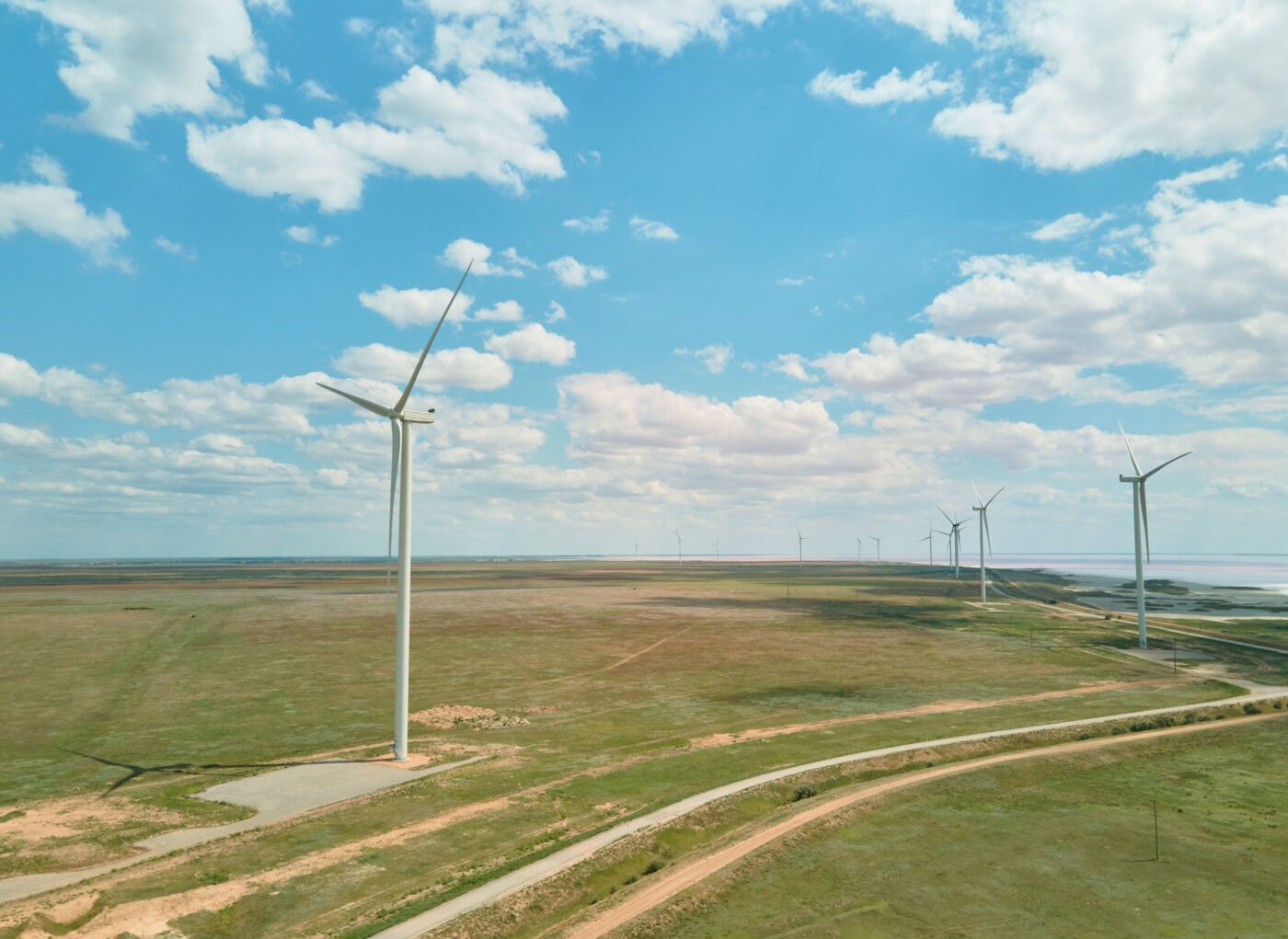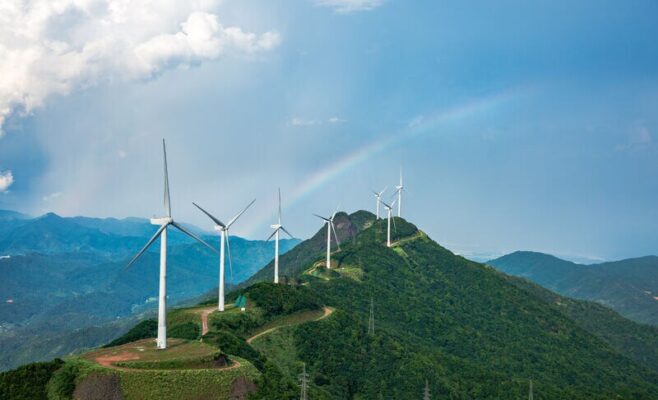Before the invasion, Ukraine collaborated with international partners, including the United States, to develop modernization plans aimed at incorporating more renewable sources into its energy portfolio. As tensions escalated shortly before the invasion, Ukraine boldly disconnected from the Russian power system and started operating in “island mode,” a state of autonomy from other neighboring grid systems. This act was a clear demonstration of its determination to function independently and to pursue eventual integration with the European grid.
Remarkably, just one month after the invasion, the nation managed to synchronize its electrical grid with that of Europe, a feat that typically takes several years due to the complexities of isolating one power grid and integrating it with another. This rapid achievement was made possible by technical assistance provided by the United States Agency for International Development (USAID). Through USAID, the United States has been working with the Ukrainian government, energy sector, and civil society groups to strengthen Ukraine’s energy security and to reform its power industry into a modern, market-oriented, and EU-integrated engine for economic development.
Despite the ongoing conflict and half of its energy infrastructure damaged or destroyed by Russian forces, Ukraine has set an ambitious goal to source 50% of its power from renewable energy and the other 50% from nuclear energy by 2035.
A testament to these ambitions is the completion of DTEK’s Tyligulska wind power plant, located in the Mykolaiv region, near the front line. Construction began in late 2021, and despite a temporary halt due to the invasion in February 2022 (which resulted in the evacuation of personnel and equipment by foreign partners), the project resumed in the summer of 2022 with the financial support of DTEK shareholder Rinat Akhmetov and the dedication of an all-Ukrainian crew. The construction team installed 114 MW of generating capacity, achieving this at twice the usual speed for a project of this scale. The wind farm stands as the largest wind energy investment in the Ukrainian private sector since independence, with phase II planned to expand the capacity to 498 MW, making it the largest wind farm in Eastern Europe. This expansion aligns with Ukraine’s broader strategy to achieve net-zero emissions by 2040 and to become a clean energy exporter to the European Union, though contingent on securing additional funding.
The decentralized nature of wind farms inherently improves Ukraine’s energy security. Unlike nuclear facilities, which have been the focus of much concern during the conflict, wind turbines and their associated infrastructure, such as power lines and substations, pose no catastrophic threat if destroyed and can be repaired relatively quickly. This resilience highlights the strategic value of expanding wind energy as a cornerstone of Ukraine’s independent energy future.



